Half a century after Nixon's China visit, mascot keeps working its magic
They have large heads, large eyes, no neck, a pear-shaped body, fat legs, a bulging tummy, and short arms, but for the past 50 years, giant pandas from China have captured the hearts of people in the United States.
This week marks the 50th anniversary of former U.S. president Richard Nixon's historic visit to the People's Republic of China. During the visit with first lady Pat Nixon, Chairman Mao Zedong promised that two giant pandas would be sent to the U.S.. He fulfilled the promise and "panda diplomacy" began between the two countries. Nixon reciprocated by sending China a pair of musk oxen.
On April 16, 1972, 18-month-old giant pandas Ling-Ling and Hsing-Hsing arrived at Maryland's Andrews Air Force Base and were taken by police escort to the National Zoo in Washington.
The gift of the placid, black-and-white bears was part of China's long-standing tradition of panda diplomacy that began during the Tang Dynasty (618-907) when Empress Wu Zetian sent a pair of pandas to the Japanese emperor.
"It's soft power," said Andrew J.Nathan, a political-science professor at Columbia University who specializes in Chinese politics and foreign policy. "Pandas are very cute and lovable," he told The New York Times. "So it fits into that kind of friendship diplomacy image," he added.
When the National Zoo presented the bears, it declared April 20 to be "Panda Day". Twenty thousand people-including Pat Nixon-saw the pandas. "New pandas melt hearts at national zoo," declared a headline in The New York Times.
What followed at the zoo in the nation's capital were huge crowds and pandemonium-both of which continue to this day at U.S. zoos with giant pandas.
Top attraction
The following Sunday, 75,000 people went to the National Zoo and waited in a line going back hundreds of meters to catch a glimpse of the bears. They continued to be the National Zoo's top attraction until Ling-Ling died in 1992, followed by Hsing-Hsing seven years later.
The pair produced five cubs, but none survived more than a few days. The Panda House remained empty until 2000 when the Chinese government reached an agreement with the U.S. for two new giant pandas. Mei Xiang and Tian Tian will reside at the zoo until their return to China in 2023.Their first cub, Tai Shan, returned to China in 2010, and Mei Xiang gave birth to a female cub named Bao Bao in 2013.
The National Zoo is one of three zoos in the U.S. that have pandas; the others are Zoo Atlanta and Memphis Zoo in Tennessee. Three pandas born in the U.S. remain in the country: Xiao Qi Ji, born at the National Zoo in 2020, and Ya Lun and Xi Lun, twins born at Zoo Atlanta in 2016.
The San Diego Zoo had pandas from 1996 to 2019, when its contract with China ended. Donald Lindburg, the zoo's former director of giant panda research, said the enduring appeal of the animals, for both the zoo and its visitors, was simple: "They're beautiful."
Megan Owen, vice-president of conservation science at the zoo's Wildlife Alliance, a conservation organization that operates the zoo and its safari park, told China Daily that the pandas "marked a new era for global diplomacy and wildlife conservation".
"The seed of friendship sowed 50 years ago has born many fruits and has touched many aspects and corners of our two countries," she said. "We can't wait to welcome the next pair of giant pandas to San Diego Zoo to carry the torch of friendship."
Zoos benefit from the increased number of visitors and revenue that pandas generate, helping to offset the cost of acquiring and keeping the animals.











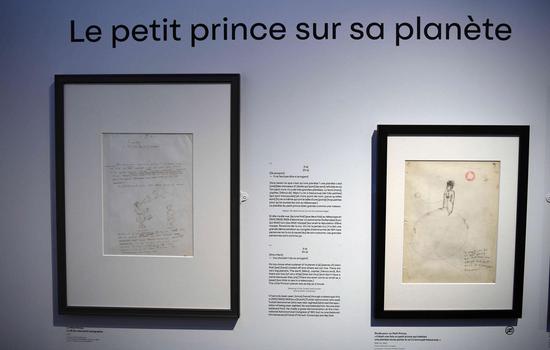

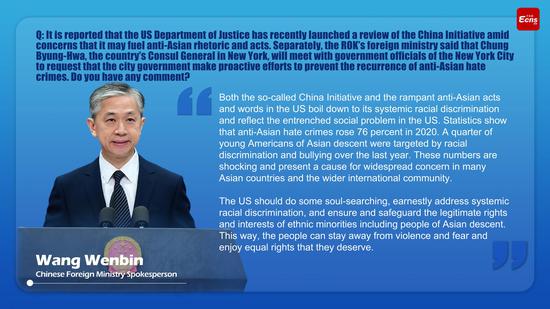









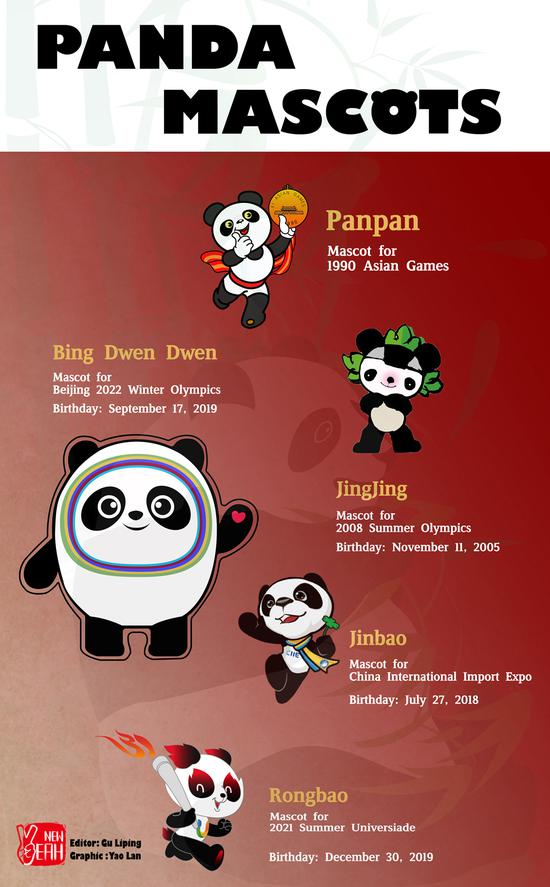



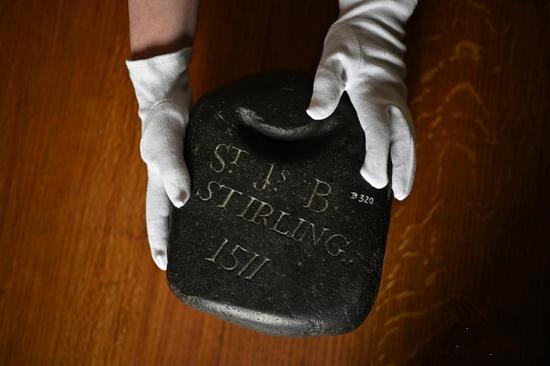





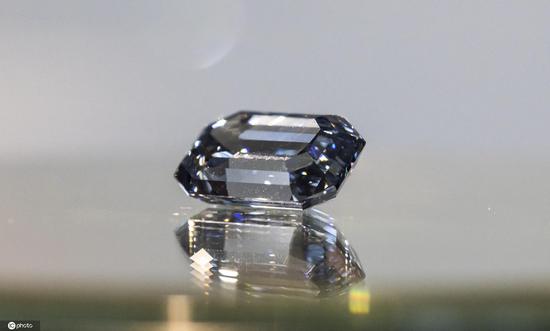










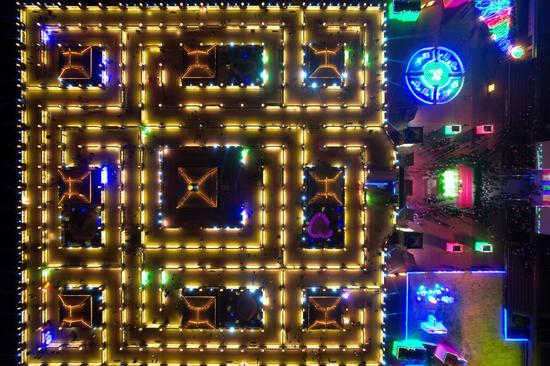





 京公网安备 11010202009201号
京公网安备 11010202009201号